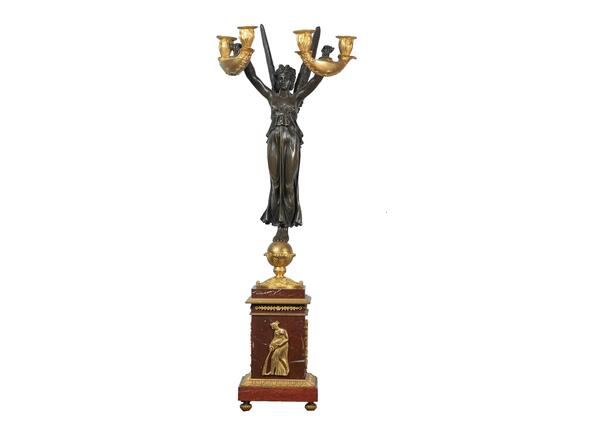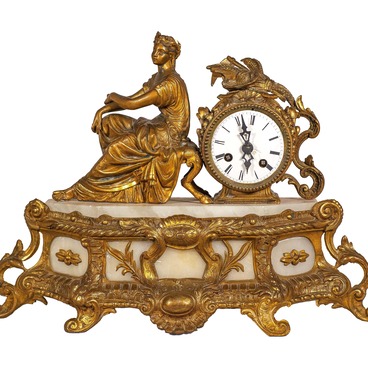The earliest artistic Russian lighting fixtures date back to the 12th century. For that time, the most common one was a corona lucis — a church chandelier. It was a complex multi-tiered structure. In the 14th—15th centuries, special workshops worked in Novgorod, where they cast individual parts and assembled such lighting devices. In the 16th — 17th centuries, ornamental casting became popular.
In the 18th century, various lighting fixtures could be seen in different strata of society. Peasants usually used cressets with burning splinters. Poor town artisans had iron candlesticks, which used tallow candles. Wealthy townspeople and nobility used wax candle devices.
While it was enough to have one or two candles lit in a living room, a hall for receiving guests was to be illuminated as brightly as possible. In addition to the obligatory chandelier, the interiors of that time had candelabra, designed to hold a large number of candles — usually from three to twelve.
The items made by the French bronzer Pierre-Philippe Thomire were especially popular. Among wealthy noblemen, it was considered haut ton to purchase luxurious interior items created by this master.
In the 18th century, various lighting fixtures could be seen in different strata of society. Peasants usually used cressets with burning splinters. Poor town artisans had iron candlesticks, which used tallow candles. Wealthy townspeople and nobility used wax candle devices.
While it was enough to have one or two candles lit in a living room, a hall for receiving guests was to be illuminated as brightly as possible. In addition to the obligatory chandelier, the interiors of that time had candelabra, designed to hold a large number of candles — usually from three to twelve.
The items made by the French bronzer Pierre-Philippe Thomire were especially popular. Among wealthy noblemen, it was considered haut ton to purchase luxurious interior items created by this master.



